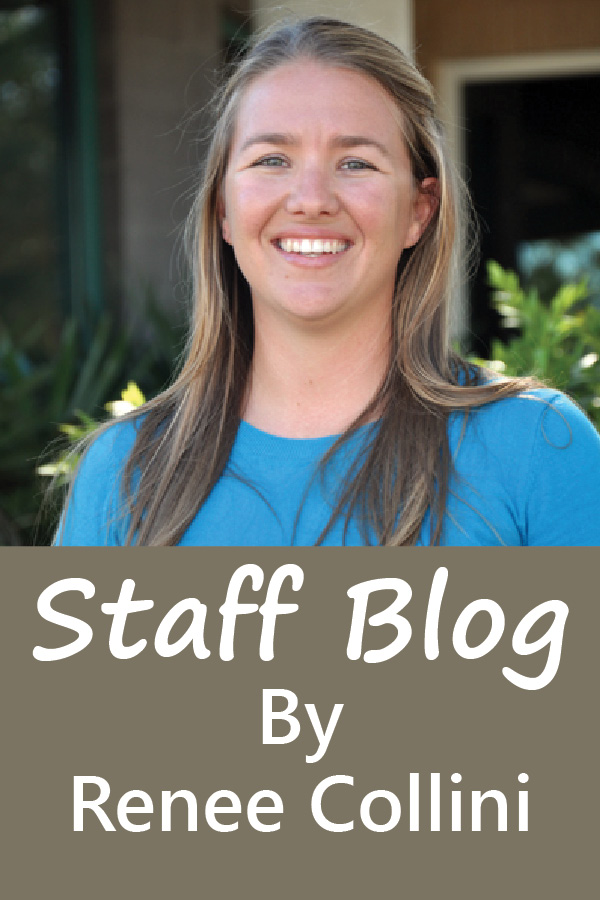 Monitoring is frequently identified as a need in coastal ecosystems. We cannot assess the health of an ecosystem, track changes in ecosystem services over time or properly manage our resources without observations and monitoring.
Monitoring is frequently identified as a need in coastal ecosystems. We cannot assess the health of an ecosystem, track changes in ecosystem services over time or properly manage our resources without observations and monitoring.
In Mobile Bay, monitoring by the Dauphin Island Sea Lab and the Mobile Bay National Estuary Program informs fishermen, the U.S. Coast Guard, the Alabama Department of Public Health, the National Oceanic and Atmospheric Administration and the Alabama Department of Environmental Management on current status of the bay. However, these data and data like them are not being utilized to their full potential. Long-term tracking of trends and continuous observations of ecosystem response to events can inform models and the development of planning tools.
Coastal resilience is predicated on having the tools necessary to manage resources and plan community growth. These tools are built on long-term data collection and ecosystem response studies. Despite the clear need for data to build accurate models and tools, there are often not established pathways for transitioning data into action. This results in a systemic undervaluing of observation and monitoring data.
The NOAA Sentinel Site Program has been established to address the entire continuum from data collection to management and everything in between (see graphic). Currently, the program is focused on sea level rise and inundation, but it will eventually expand to cover many topics associated with climate change that will impact coastal community resilience. One aspect of the Sentinel Site Program is the Sentinel Site Cooperative. There are five cooperatives around the country that leverage on-going monitoring, data collection and extensive partnerships to ensure that gaps and needs are addressed. The cooperatives act as a train, facilitating data exchange and communication between all stops – data collection, model and tool development, education and outreach, and decision-making.
on sea level rise and inundation, but it will eventually expand to cover many topics associated with climate change that will impact coastal community resilience. One aspect of the Sentinel Site Program is the Sentinel Site Cooperative. There are five cooperatives around the country that leverage on-going monitoring, data collection and extensive partnerships to ensure that gaps and needs are addressed. The cooperatives act as a train, facilitating data exchange and communication between all stops – data collection, model and tool development, education and outreach, and decision-making.
An important part of the data-into-action continuum is reaching out to educators to help encourage good stewardship of the environment. At 6:30 p.m. (CST) on Monday, Feb. 2, the coordinator from the North Carolina Cooperative, Jennifer Dorton, and I will be giving a webinar presentation on the NOAA Sentinel Site Program to educators across the nation. We are looking for feedback from the audience on how we, the cooperatives, can better inform, communicate and engage with educators. Please reserve your spot today at https://attendee.gotowebinar.com/register/2066156435542868737. We look forward to telling you more about the program and hearing how we can do more for you.

